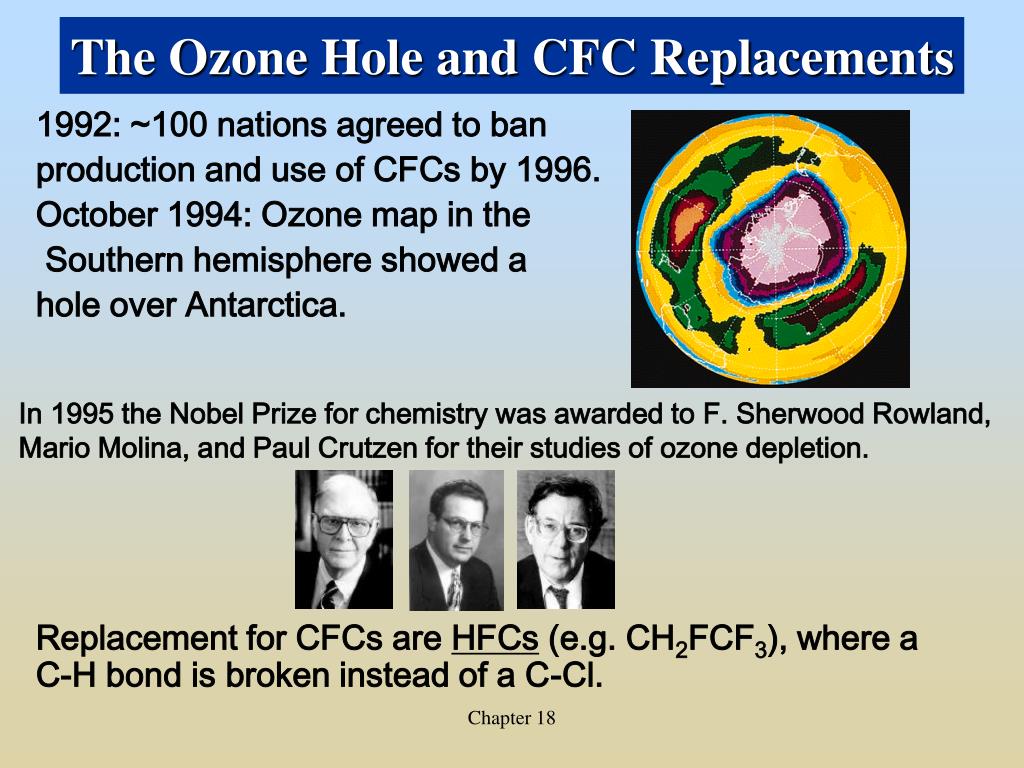1 Celsius is equal to 33,8 Fahrenheit. Go ahead and convert your own value of °C to °F in the converter below. General information about °C to °F.For example: (25C x 2) + 30 = 80F. The Fahrenheit and Celsius scales coincide at -40°. Another simple conversion method from C to F is to double the celsius, subtract 10%, add 32.F to C Conversion Table-10°C=. 14°f. 26°C=. 78.8°f. 53°C=. 127.4°f. 80°C=. 32°F. 27°C=. 80.6°F.+ 80,6. - 28. - 18,4.
Fahrenheit to celsius conversion
80 C to F. Temperature Converter. Choose 2 units-80. -62.2. 80. 26.7. 81.°F to °C Conversion Table Negative 40 degrees Fahrenheit (-40 °F) is equal to negative 40 degrees Celsius (-40 °C). Sample conversion: we need to convert 0°F to °C - To convert temperatures in degrees Fahrenheit to Celsius, subtract 32 and multiply by 0.5555555555555556 (or 5/9).Celsius to Fahrenheit conversion is probably the most confusing conversion there is, but a simple °C to °F conversion is actually quite easy - just double the °C figure and add 30. This should be reasonably accurate for weather temperatures.

C to F Calculator
Use our simple Celsius to Fahrenheit Temperature Converter, our temperature conversion charts, or calculate C to F or F to C yourself using the conversion formulas.This is a very easy to use fahrenheit to celsius converter. First of all just type the fahrenheit (°F) value in the text field of the conversion form to start converting °F to °C, then select the decimals value and finally hit convert button if auto calculation didn't work. Celsius value will be converted automatically as...80. 27. 90. 80. 176. 90.Convert Celsius to Fahrenheit (°C to °F) with the temperature conversion calculator, and learn the Celsius to Fahrenheit calculation formula. There are a few formulas that you can use to convert degrees Celsius to degrees Fahrenheit. °C to °F Conversion Formula.
How to Convert Celsius to Fahrenheit
There are a couple of formulas that you'll use to convert degrees Celsius to levels Fahrenheit.
°C to °F Conversion FormulaConvert °C to °F the use of the widely accredited conversion method:
°F = °C × 9/5 + 32
The temperature in levels Fahrenheit is equal to the temperature in degrees Celsius occasions 9/5, plus 32. Insert the °C temperature measurement in the formulation and then clear up to to find the result.
For instance, let's convert 50 °C to °F:
50 °C = 50 × 9/5 + 32 50 °C = 90 + 32 50 °C = 122 °F
Alternate FormulaThe National Institute of Standards and Technology if truth be told defines the next method for the conversion:[1]
°F = (°C × 1.8) + 32
This is solely the simplified or reduced version of the more widely accredited formulation above.
The Fahrenheit and Celsius scales are both used to measure temperature. Read on to learn more about each of them.
Are you converting temperatures or cooking or baking? Try our oven temperature conversion calculator.
Temperature Reference Points In °C and °F Temperature reference issues expressed in degrees Celsius and Fahrenheit TemperatureDegrees CelsiusLevels FahrenheitAbsolute Zero-273.15 °C-459.67 °FFreezing Point of Water0 °C32 °FTriple Point of Water0.01 °C32.018 °FBoiling Point of Water100 °C212 °FSurface of the Sun5,600 °C10,100 °FThe Celsius temperature scale, also recurrently referred to because the centigrade scale, is defined in relation to the kelvin. Specifically, levels Celsius is equivalent to kelvins minus 273.15.[2]
The stage Celsius is the SI derived unit for temperature within the metric machine. A degree Celsius is from time to time additionally referred to as some extent centigrade. Celsius may also be abbreviated as C; for instance, 1 degree Celsius may also be written as 1 °C.
The Fahrenheit scale is a temperature scale that defines the melting point of water as 32 degrees and the boiling point of water at 212 levels.[3] There are 180 intervals between 32 °F and 212 °F, each corresponding to one degree.
The level Fahrenheit is a US standard and imperial unit of temperature. Fahrenheit can be abbreviated as F; for example, 1 degree Fahrenheit will also be written as 1 °F.
SAYOO Throttle, JKH Series Voltage Throttle, JKD Series ...

How To Find The Value When 80°C Is Converted To Fahrenheit

F 80 C KOREAN WAR | iModeler

F 80 C KOREAN WAR | iModeler

F 80 C KOREAN WAR | iModeler

Madami Infrared Ions Ceramic Floating Plates Hair ...

A Guide to Authentication Methods (Infographic) - Crypto ...

SAYOO Throttle, JKH Series Voltage Throttle, JKD Series ...

Kaitlyn Farrington

Mechanical Engineering Archive | April 10, 2018 | Chegg.com
Data Logger: Melting and Freezing Points of Naphthalene

EP0181168B1 - A method of fabricating structures from ...

Valves - Y- Type Strainer Manufacturer from Noida

(PDF) A Thermally Re-mendable Cross-Linked Polymeric Material

Autonics A63K-M5913 Stepper Motor, 5 Phase, 85mm Square ...

サムホイールスイッチの通販 | RSコンポーネンツ

Thermal reversibility of polymer 3 . ( A ) to ( B ), 130°C ...

Deduction under section 80c - tdstaxindia.net

PPT - Chapter 18 Chemistry of the Environment PowerPoint ...

Modeling Reentry in the Short QT Syndrome With Human ...

TNC Male to TNC Male Connector Adapter for Antenna Coaxial ...

0 comments:
Post a Comment